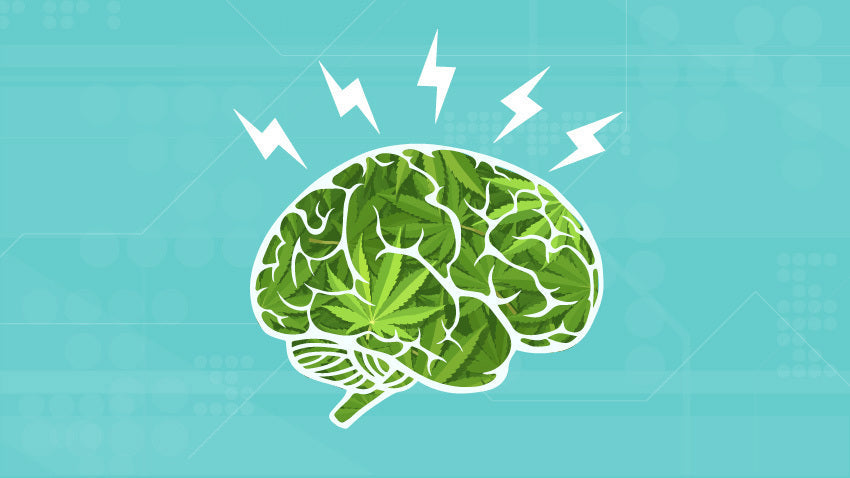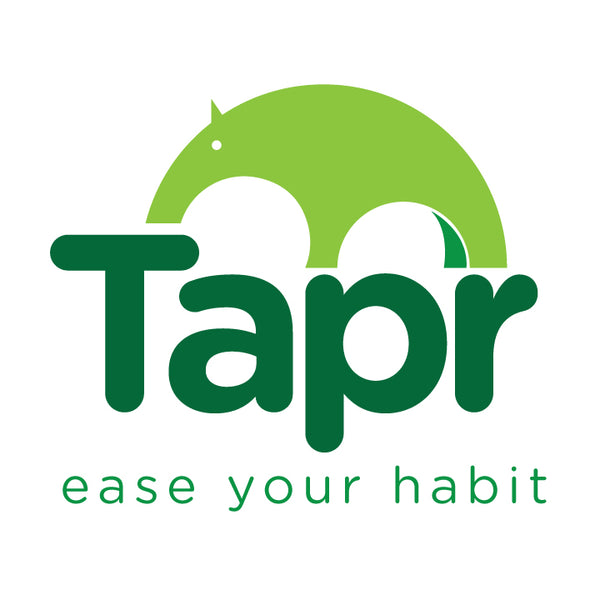The Cannabis Withdrawal Timeline: What to Expect and How to Prepare (Week by Week)
Share

Mark had quit smoking weed dozens of times before, but this time felt different. Instead of white-knuckling through the unknown, he'd finally mapped out what to expect during each phase of withdrawal. Having a roadmap transformed his entire experience from chaotic suffering to manageable discomfort with a clear endpoint.
Most people quit cannabis without understanding the predictable pattern of withdrawal symptoms. This lack of preparation often leads to relapse during the most challenging phases, simply because they didn't know relief was just days away. Check out our Daily User and Better Sleep to help with the symptoms of Cannabis withdrawal.
Days 1-3: The Acute Phase
The first 72 hours represent the most intense period of cannabis withdrawal. Your body is adjusting to the sudden absence of THC, and symptoms typically peak during this window. Sleep becomes elusive as your natural melatonin production struggles to compensate for the sedating effects you've relied on.
Appetite often disappears completely, which many people initially welcome until they realize that proper nutrition is crucial for managing withdrawal symptoms. Your mood may swing unpredictably between irritability, anxiety, and unexpected emotional outbursts over seemingly minor events.
Physical symptoms emerge during this phase as well. Headaches, mild nausea, and increased sweating are common as your body begins detoxifying. Some people experience tremors or restlessness that makes sitting still uncomfortable.
The key to surviving this phase is accepting that you'll feel worse before you feel better. Stock up on easy-to-digest foods, create a calming bedtime routine, and avoid making any major decisions while your brain chemistry re-balances.
Days 4-7: The Turning Point
Week one marks a crucial transition period where acute symptoms begin to subside, but psychological symptoms often intensify. Sleep patterns start normalizing, though you might still wake up frequently or experience unusually vivid dreams.
This is when many people encounter the most challenging aspect of cannabis withdrawal: the psychological dependency. Without weed to manage stress, boredom, or social situations, you're forced to rediscover coping mechanisms you may have abandoned years ago. Cravings tend to hit hardest during this phase, often triggered by specific times of day or activities previously associated with smoking.
Your appetite usually returns with a vengeance during this period, sometimes leading to overeating as your body tries to restore balance. Focus on nutritious options rather than restricting calories, as your system needs resources to heal.
Days 8-14: Building Momentum
The second week represents significant progress, though symptoms may still fluctuate unpredictably. Sleep quality improves dramatically for most people, often becoming better than it was during active use. You might discover that you're naturally waking up earlier and feeling more rested.
Cognitive function begins returning to baseline, with improvements in focus, memory, and decision-making becoming noticeable. However, emotional regulation can still be challenging. This emotional intensity is temporary as your brain learns to produce its own mood-regulating chemicals again.
Cravings shift during this period from physical urges to psychological triggers. Stress, social situations, or even certain locations can provoke strong desires to use cannabis again.
Week 3-4: Establishing New Patterns
By the third week, most physical withdrawal symptoms have resolved, but the real work of recovery begins. This is when you'll test new coping strategies and discover whether your replacement habits are sustainable long-term.
Energy levels typically stabilize and often exceed what you experienced while using cannabis regularly. Many people report feeling more motivated and productive than they have in years.
Setting Yourself Up for Success
Understanding this timeline allows you to prepare strategically for each phase. Stock up on supportive supplements before you quit, arrange lighter work schedules during the first week, and plan engaging activities for when cravings peak.
Most importantly, remember that everyone's timeline varies based on usage patterns, individual brain chemistry, and life circumstances. Some people feel significantly better by day 10, while others need a full month to reach their new baseline.
